I’m keeping this pretty short this year, because if Fantastic Fest 2015 taught me anything, it’s that the best of the year is very likely yet to come. However, there have been a number of great films already this year that should not be missed. Here are a few of them.
Ten Overall Favorites:

DER NACHTMAHR (Germany, dir. AchimBornhak)
Stumbling in the dark at an outdoor rave, high schooler Tina (Carolyn Genzkow) catches a glimpse of a little monster. Soon after, she sees it in her home raiding the refrigerator. Slowly, the reality of her daily life begins to give way to the possibility that this thing exists and is tied to her in some way. Her family and friends think she’s losing her mind, but would that be better or worse than the alternative? DER NACHTMAHR is bizarre and exhilarating, coming on like SPRING BREAKERS by way of Jan Svankmajer’s LITTLE OTIK. Its lurid colors and overpowering score are best experienced on as big a screen and as loud a sound system as possible; it’s truly a shame that it received such limited big-screen time in the States. The film’s dreamlike atmosphere and surreal imagery are striking and memorable regardless, and its curious story of a girl and her (possibly imaginary) monster is strangely touching.
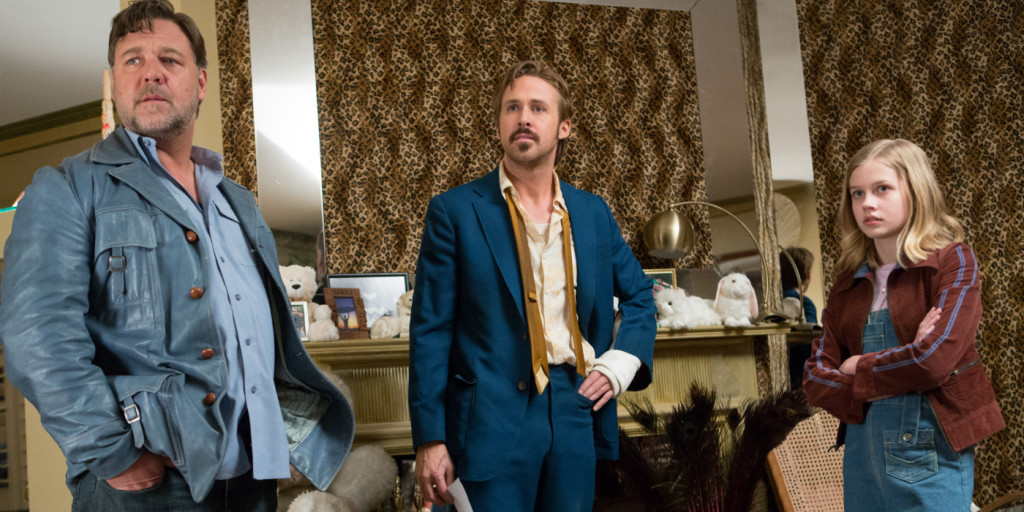
THE NICE GUYS (USA, dir. Shane Black)
Shane Black has spent decades crafting the kind of badass back-and-forth he basically perfected in LETHAL WEAPON(1987), and if his previous directorial effort KISS KISS BANG BANG (2005) didn’t convince you he’s a master of the form, THE NICE GUYS just might. The brilliant comic chemistry between Ryan Gosling and Russell Crowe would make the film worth seeing on its own, but Black expertly bolts their characterizations onto a classic noir detective story that takes place in a fictional 1970s that takes the coolest parts of the decade and smashes them together. This is the Hollywood action comedy at its absolute best, super fun and hugely entertaining, packed to bursting with hilarious one-liners and impressively staged mayhem.

CEMETERY OF SPLENDOR (Thailand, dir. Apitchatpong Weerasethakul)
In an abandoned elementary school, a clinic has been established for soldiers who have been stricken with a mysterious illness that causes them to sleep almost all the time. Volunteer nurses sit and monitor the soldiers as color-changing lamps pulse in the night in hopes of soothing the men. A young woman named Keng (JarinpattraRueangram) has psychic abilities that allow her to communicate with the comatose soldiers, and volunteer nurse Jenjira (JenjiraPongpas) begins spending time with Itt (BanlopLomnoi) on the rare occasions he is awake. These understated surrealist elements come together beautifully in CEMETERY OF SPLENDOR, a beautifully meditative film that is director Weerasethakul’s more than worthy follow-up to his Palme d’Or winning UNCLE BOONMEE WHO CAN RECALL HIS PAST LIVES (2010). CEMETERY OF SPLENDOR is both a little more playful and a bit more tragic than UNCLE BOONMEE.
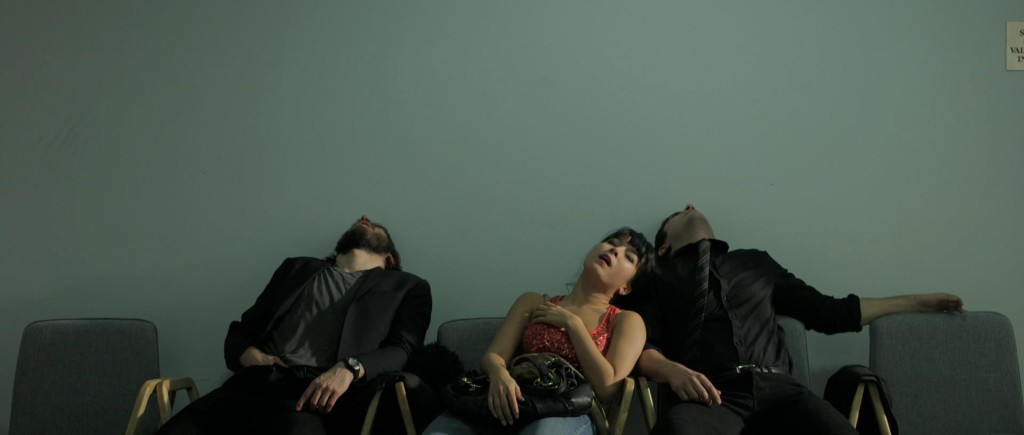
THEY LOOK LIKE PEOPLE (USA, dir. Perry Blackshear)
Wyatt (MacLeod Andrews) drops in unannounced on his old friend Christian (Evan Dumouchel) in New York. Christian, reeling from a traumatic breakup, is confused but excited to see Wyatt. What he doesn’t know is that Wyatt has come to the city in hopes of saving Christian from a coming apocalypse: monstrous creatures that take the form of humans are growing in number and power. As Christian struggles to advance at his job and listens to motivational tapes, Wyatt tries to keep his head while he gets mysterious phone calls on a broken cell phone warning him to get out of the city before it’s too late. Perry Blackshear’s THEY LOOK LIKE PEOPLE is a compelling hybrid of low-key drama and psychological horror with a sense of humor that helps relieve some of the claustrophobic tension. It’s also one of the best depictions of mental illness since Lodge Kerrigan’s CLEAN, SHAVEN. The central relationship in THEY LOOK LIKE PEOPLE is one between two life-long friends, and the excellent leads make that relationship totally believable. That center makes THEY LOOK LIKE PEOPLE funny, scary, and moving. That’s a tightrope walk for the best genre filmmakers, but debut feature director Blackshear makes it looks effortless.
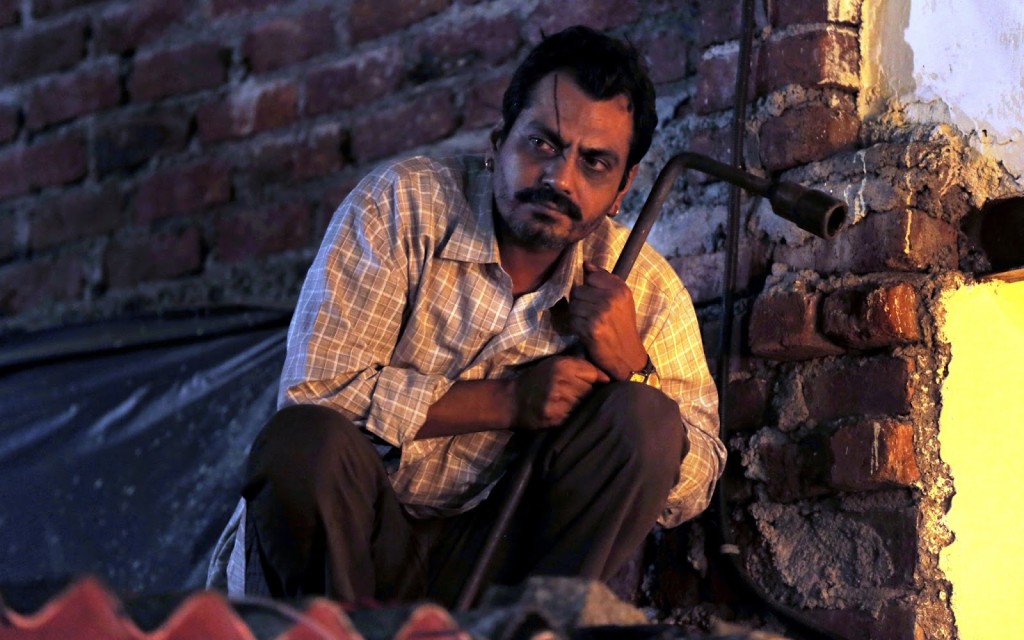
RAMAN RAGHAV 2.0 (India, dir. Anurag Kashyap)
Nawazuddin Siddiqui is an amazing actor. American arthouse filmgoers might recognize him most readily from his appearance in Ritesh Batra’s romantic drama THE LUNCHBOX (2013), but the previous year he made an unforgettable impact in Anurag Kashyap’s crime epic GANGS OF WASSEYPUR as the ruthless Faizal Khan. He reunites with Kashyap for RAMAN RAGHAV 2.0, and the result is one of the best portrayals of a sociopath in recent memory. Kashyap, reeling from the commercial rejection of his Scorsesian period gangland drama BOMBAY VELVET last year, has come back with a dark, ferocious cat-and-mouse game between a soulless murderer and a corrupt cop who may as well be the killer’s mirror image. This is Kashyap very much back in the mode of UGLY, the relentlessly bleak police procedural he made before BOMBAY VELVET. RAMAN RAGHAV 2.0 isn’t as depressing as UGLY — honestly, it’s hard to imagine how it could be—but it’s just as gritty and immediate, and Siddiqui’s turn as the demonic, taunting killer at the film’s center makes it worth watching alone.

THE NEON DEMON (USA, dir. Nicolas Winding Refn)
Refn finally goes full Argento, for better and worse. While ONLY GOD FORGIVES recalled David Lynch in its expertly eerie use of space and quiet, THE NEON DEMON occasionally completely substitutes abstract visuals for narrative action. The “runway” sequence in this film is flat-out amazing, relying completely on montage to convey its lead character’s full transformation into a narcissistic monster. The lurid colors and splashes of gore recall Argento at his most evocative; the confused and conflicted narrative call to mind his less interesting work. That’s not to say there’s anything uninteresting about THE NEON DEMON, though — Refn plays with the well-worn trope of the ingénue eaten alive by Hollywood by constantly confounding expectations. That ingénue turns out to be as cold-blooded as the town trying to gobble her up, and instead of predatory men promising the world, she’s surrounded by women who view her as a potential conquest, a deadly threat, or both. Cliff Martinez’s score goes a long way toward establishing an icy tone that suggests he and Refn may be the best possible chance we may ever have for a great adaptation of Bret Easton Ellis’s GLAMORAMA. While that will probably never happen, this is probably about as close as we’ll ever get.
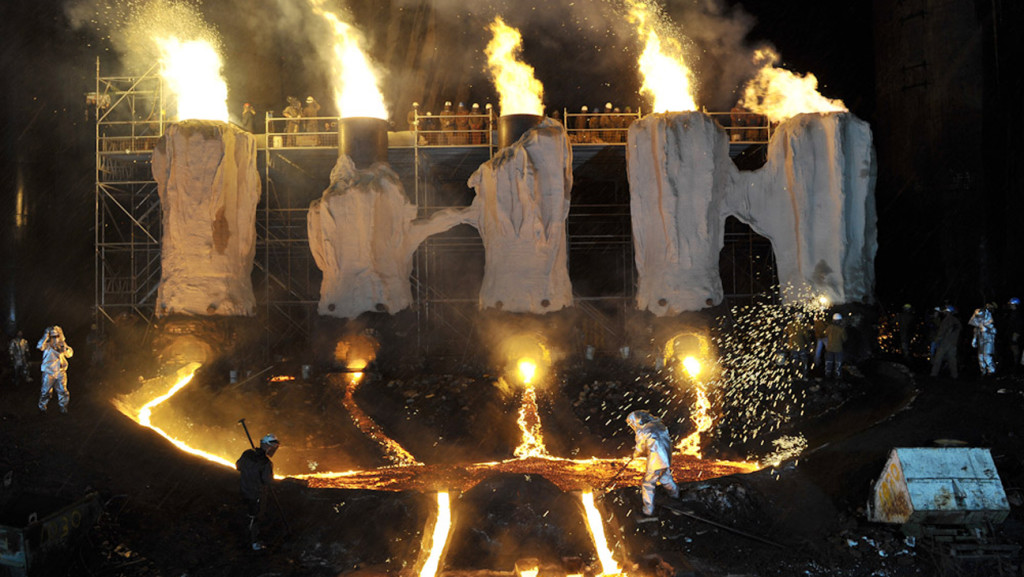
RIVER OF FUNDAMENT (USA, dir. Matthew Barney)
It may seem hard to believe, but RIVER OF FUNDAMENT represents a huge leap forward from Matthew Barney’s previous film work from both a technical standpoint and in its ambition. Shot in gorgeous 4K digital video, it’s a tribute to the late Norman Mailer (who Barney befriended in his later years, and who appeared in CREMASTER 2 as Harry Houdini) in the form of a 5+ hour body horror nightmare opera. This is a lot closer to traditional narrative than Barney has ever gotten before, but it’s still most immediately accessible as an epic fever dream that drowns the viewer in one beautifully shot, jaw-droppingly bizarre set piece after another. The characters nearly all sing-speak, and Barney’s musical collaborator Jonathan Bepler’s score and songs are as alien as ever. This time out, the score also occasionally veers into familiar pop territory that feels even weirder in this context than any of the other unusual sounds he incorporates into the pieces. Seeing this in a theater with a good surround system is essential, as Bepler takes full advantage of the sound field to immerse the viewer completely in this world. As its title suggests, anyone who is at all skittish about bodily fluids will likely want to give this a hard pass. But there’s no question that RIVER OF FUNDAMENT is unlike anything you’ve ever seen before, even if you’ve seen all of Barney’s previous films.

RAIN THE COLOR OF BLUE WITH A LITTLE RED IN IT (Niger, dir. )
Writer/director Christopher Kirkley may be best known for his work with the music label Sahel Sounds, which released a compilation titled MUSIC FROM SAHARAN CELL PHONES in 2011. One of the artists on that compilation, Mdou Moctar, plays a fictionalized version of himself in this film, which is something of a remake of PURPLE RAIN with a dash of THE HARDER THEY COME. Mdou arrives in the city of Agadez, where he wants to make a living as a musician. He meets some like-minded collaborators and begins a tentative romance with a young woman, but finds that the competition in Agadez is tougher than he could have guessed. The music throughout the film is fantastic, including a number of performances by Moctar and other real Nigerien musicians. None of them are career actors, but they have an easy charm in front of the camera. This is an engaging film from a part of the world rarely seen on the big screen, and an entertaining musical drama besides. It also doesn’t hurt that the soundtrack, performed by Mdou Moctar and some of the other artists who appear in the film, is also fantastic.

MAD (USA, dir. Robert G. Putka)
Recently divorced Mel (Maryann Plunkett) lands in the hospital following a “nervous breakdown.” While Mel spends time in the hospital psych ward, her daughters Connie (Jennifer Lafleur) and Casey (Ellis Cahill) try to figure out what to do. Connie, a successful businesswoman and mother, keeps up a strong façade but is dealing with some potentially serious legal problems at work. Younger sister Casey is still trying to get her shit together, and in the meantime works from home doing sex cam shows. MAD is a brilliant dramatic showcase for its three leads that also happens to be wickedly funny. All three women are amazing in their roles, and their characters are sharply written by debut feature director Robert G. Putka. He and his cast clearly understand that those who we love the most are capable of cutting us down most effectively, and play that out in spectacular fashion. It’s hilarious but it’s also deeply poignant, and deals with aspects of life and characters that are rarely seen in American movies of any type. It’s almost unbelievable that this is Putka’s first feature.
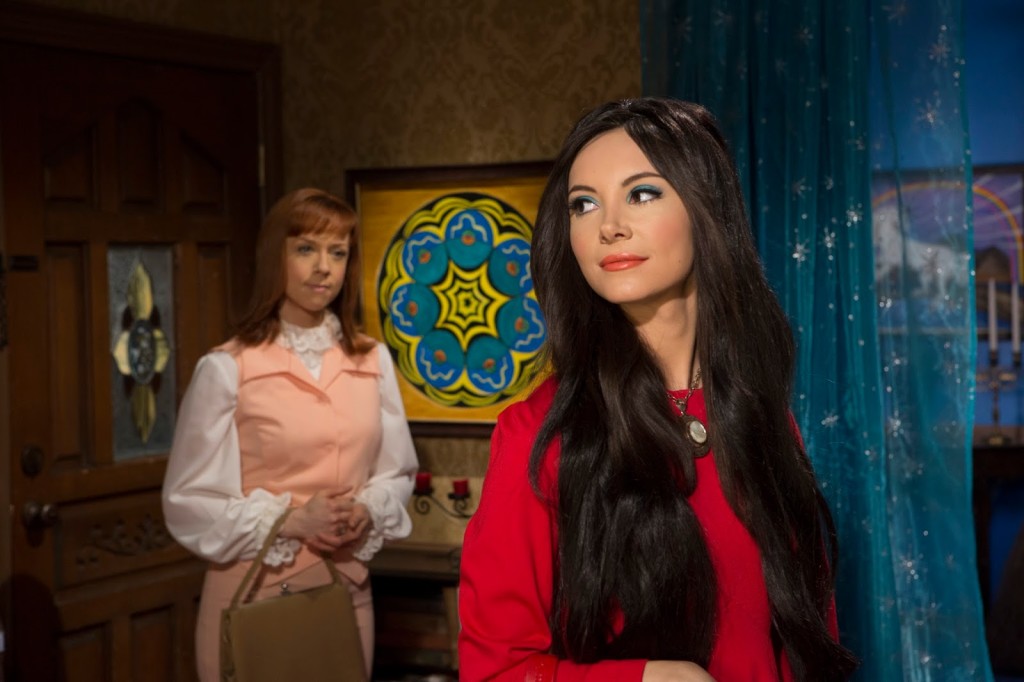
THE LOVE WITCH (USA, dir. Anna Biller)
It’s been nearly a decade since Anna Biller’s debut feature VIVA, but the results speak for themselves. THE LOVE WITCH is an astonishing feature, shot and edited on 35mm, that displays once again Biller’s staggering talents. Elaine (Samantha Robinson) moves to a small town after the death of her ex-husband Jerry (Stephen Wozniak). Elaine killed Jerry–possibly accidentally, although it’s never quite clear–and is now obsessed with finding the perfect man using sex and love magick. Her approach has some unintended side effects, and soon the bodies begin to pile up. Anna Biller not only wrote, directed, and edited the film but designed the costumes and sets as well as composed songs for it. Her obsessive attention to 70s period detail is unparalleled, as well as her fluency in the visual language of exploitation films of that era: if you watched almost any given stretch of the film and didn’t know any better, you would absolutely believe it was made in the early 70s. This time, though, Biller has set the film in present day, using the idealized world of garish wallpaper, lurid paintings, lush soundtrack, and gorgeous costumes as a way of showing how Elaine sees the world. It’s a choice that adds even more depth to her trademark style of using signifiers of low-budget exploitation history to explore concerns about gender roles in modern society. It also happens to be a hell of a lot of fun. This is easily my favorite film of the year so far.
Three Great Independent Horror Films:

HARVEST LAKE (USA, dir. Scott Schirmer)
HARVEST LAKE is unquestionably a much different beast than the typical indie zombie or slasher movie. This is a low-budget horror movie not afraid to include moments of eerie calm, and its commitment to practical creature effects is admirable and exciting. Ultimately, this is more proof that Scott Schirmer and his collaborators at Forbidden Films and Mostly Harmless Pictures are capable, passionate filmmakers willing to take chances and deliver something unexpected. Full review here!
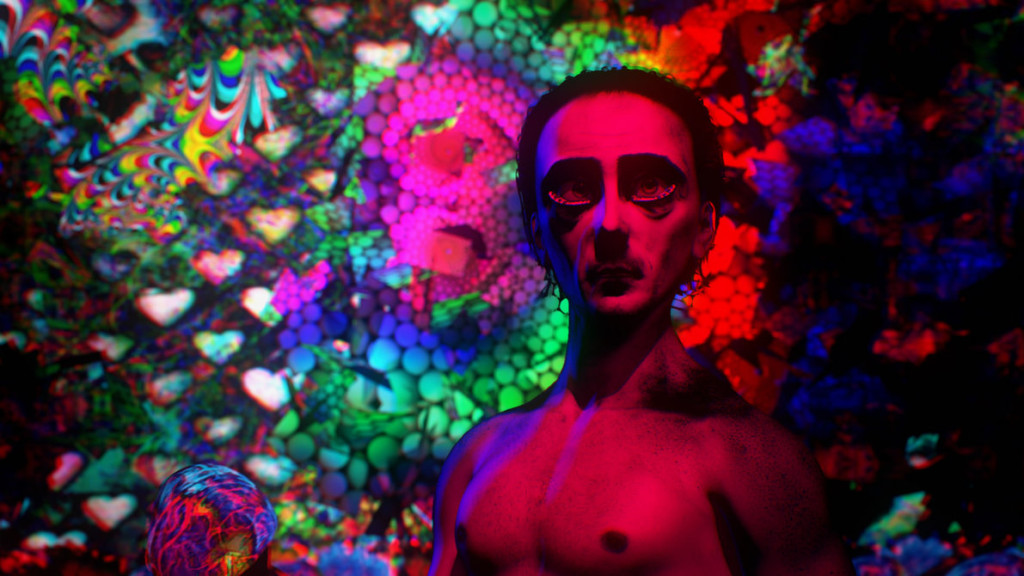
WHEN BLACK BIRDS FLY (USA, dir. Jimmy Screamerclauz)
Jimmy Screamerclauz’s debut feature WHERE THE DEAD GO TO DIE was (in addition to being genuinely disturbing) technically rough, which is not surprising given the fact that he’s a one-man show who basically taught himself to do CG animation while he was in the process of making the film. His follow-up is still ragged around the edges, but it’s a major step up on pretty much every conceivable level. WHEN BLACK BIRDS FLY is a lot less serious than his previous film, featuring moments of effective black comedy, and he’s created a fully-formed universe and mythology. The swipes at organized religion are broad and obvious, but the specifics of the stories here are compellingly strange and much of the characterizations are convincing and poignant with great voice acting that gives the film a strong emotional anchor. This is also a impressively dense assault on the senses, especially from a visual standpoint. WHEN BLACK BIRDS FLY is packed to bursting with insane visuals that would be literally impossible to achieve in any other medium. This is a funny, creepy, unsettling film totally unlike anything else out there.
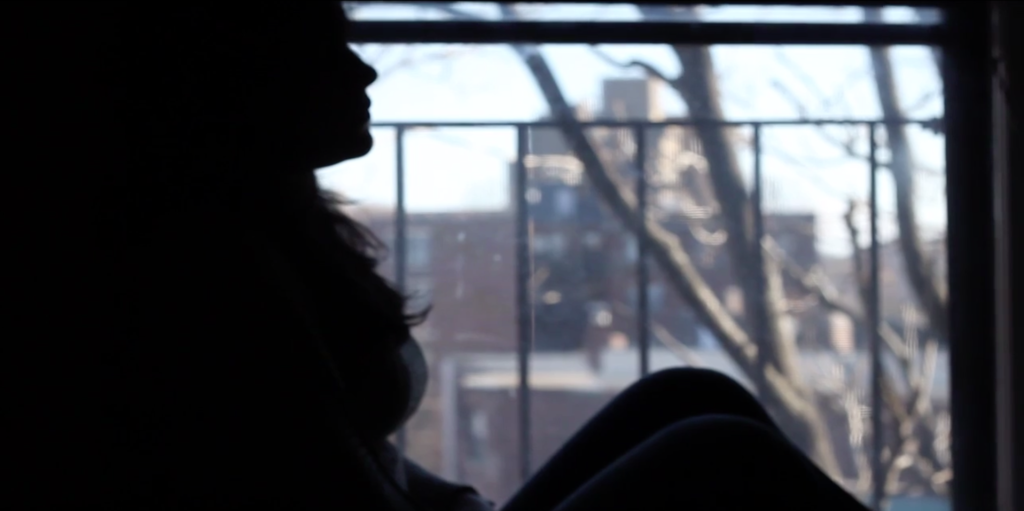
DIANA (USA, dir. Scout Tafoya)
Chantal Akerman’s Michael Mann’s FEMALE VAMPIRE: a film in which the protagonist is a female serial killer/cannibal, but the film itself is more interested in the mundane details of the world in which she lives–architecture, city lights, construction traffic, leaky pipes, etc.–than in typical lurid exploitation. Initially confounded after watching, I like this more the more I think about and digest it. This is about as far away as you can get from typical horror film style and structure, but that’s exactly the kind of thing the genre needs more of. I would be curious to see what people who thought THE WITCH wasn’t a horror movie might make of this.
Three Must-See Documentaries:
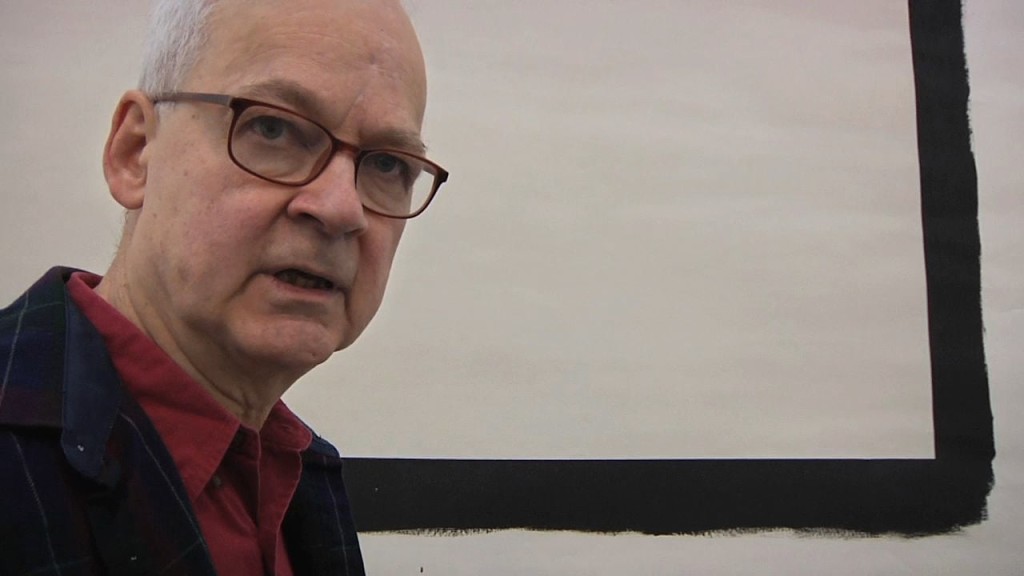
TONY CONRAD: COMPLETELY IN THE PRESENT (USA, dir. Tyler Hubby)
It’s hard to imagine a better tribute to Tony Conrad than Tyler Hubby’s film, which features a lot of footage of Conrad talking candidly about his life and his work. Conrad had an infectious sense of mischief and a disdain for any kind of authority, and just spending time listening to him talk is a joy. Packed with photos, recordings, and film and video clips of his work from the 60s to the 2000s as well as interviews with some of Conrad’s collaborators and fans (including Jim O’Rourke and Moby), COMPLETELY IN THE PRESENT does an admirable job of compressing a massively important and influential career into a feature-length documentary without feeling rushed. It’s tough to imagine watching this film and not feeling immediately compelled to dive into Tony Conrad’s work.
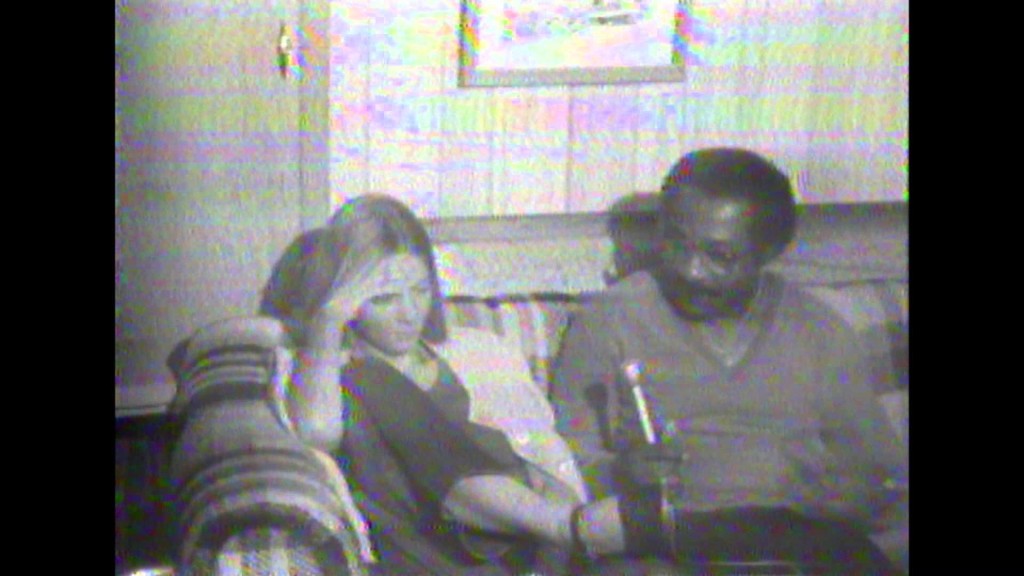
DEPROGRAMMED (Canada, dir. Mia Donovan)
In 2011, documentary filmmaker Mia Donovan met with her stepbrother Matthew for the first time in 18 years. In the early 1990s, Matthew’s father had hired Ted Patrick to “deprogram” Matthew, who was listening to heavy metal and acting out. The process left Matthew traumatized. Donovan began to investigate the history of “deprogramming” and discovered that Patrick was in fact the inventor of the concept, having began work in the early 1970s when parents all over the country feared their children were being brainwashed by cults. DEPROGRAMMED traces the history of Patrick and his process, interviewing not only Matthew and Ted Patrick himself but a number of others who Patrick “deprogrammed” in his decades-long career and some of his fellow “cult experts.” Donovan takes a remarkably objective look at Patrick and his work, which raise many troubling questions that have no simple answers. While his methods were obviously questionable and his process caused irreparable harm to many people, it’s also clear that some of his “patients” had better lives as a result of deprogramming. Donovan’s film takes an in-depth and personal look at a very strange time in recent history, a time in which the generation gap seemed to some people more like an actual war than just some misunderstanding between parents and children.
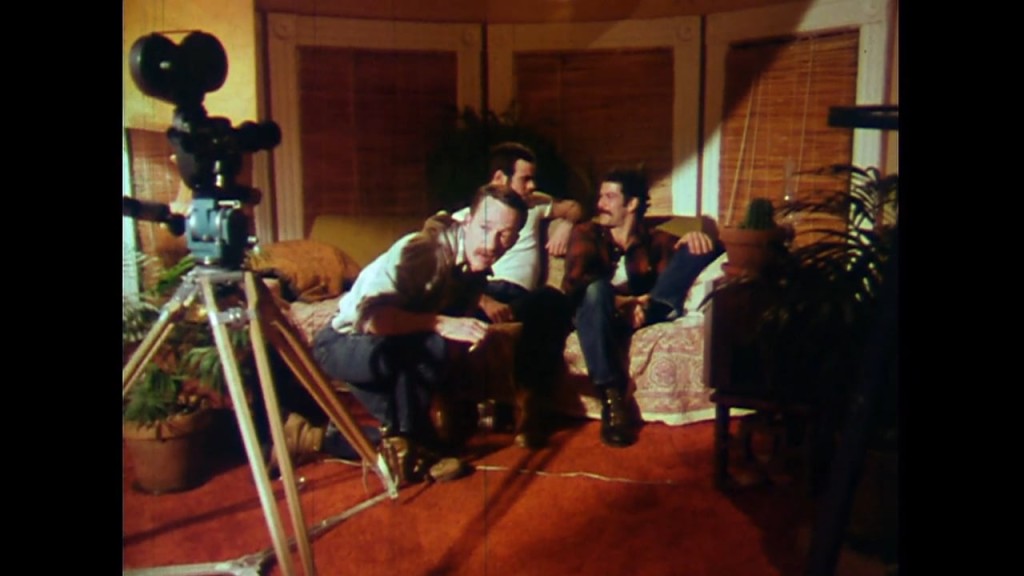
I ALWAYS SAID YES: THE MANY LIVES OF WAKEFIELD POOLE (USA, dir. Jim Tushinski)
For cinephiles who love exploitation and adult films, Wakefield Poole will probably always be best remembered as the director of the groundbreaking BOYS IN THE SAND (1971) and BIJOU (1972). However, Jim Tushinski’s brilliant documentary traces Poole’s entire life and career, from his childhood singing on the radio to the triumphant return of BOYS IN THE SAND to a Fire Island film festival in 2010. Like Tyler Hubby’s Tony Conrad documentary, Tushinski gives Poole a lot of screen time to just talk about his life and work directly to the camera. It’s a simple approach, but it’s utterly compelling to listen to Poole, an intelligent and passionate artist and a person who is just a joy to spend time with. Whether or not you’re familiar with Poole’s films, I ALWAYS SAID YES is a fascinating and moving portrait of an incredibly important artist.
Special Recognition for Paracinematic Excellence:

MONDAY AT 11:01 A.M. (USA, dir. Harvey Lowry)
Michael (writer/producer Charles Agron) and his fiancee Jenny (Lauren Shaw) are celebrating something and go to a remote mountain town. Once there, Michael immediately ditches Jenny and goes to a local bar (tended by Lance Henriksen) to hit on super obvious femme fatale Olivia (Briana Evigan). Then people start saying weird stuff and cloaked people show up and what the hell, you guys?MONDAY AT 1101 A.M. is clearly a vanity project for writer/star/producer Agron, who is in nearly every shot of the movie. It comes off less like a mind-bending supernatural thriller than “Tommy Wiseau’s THE SHINING,” with a ploddingly obvious TWILIGHT ZONE twist and a lot of really inexplicable character behavior and line readings. Seeing the film a second time revealed that it’s even weirder than I had thought after the first viewing. Once I knew what I was in for, I was able to pay more attention to little details and pick up on things I didn’t consciously notice the first time around. It’s nowhere near the sanity-destroying weirdness of AFTER LAST SEASON, but it’s the closest thing I’ve seen to that on the big screen since.
— JASON COFFMAN.
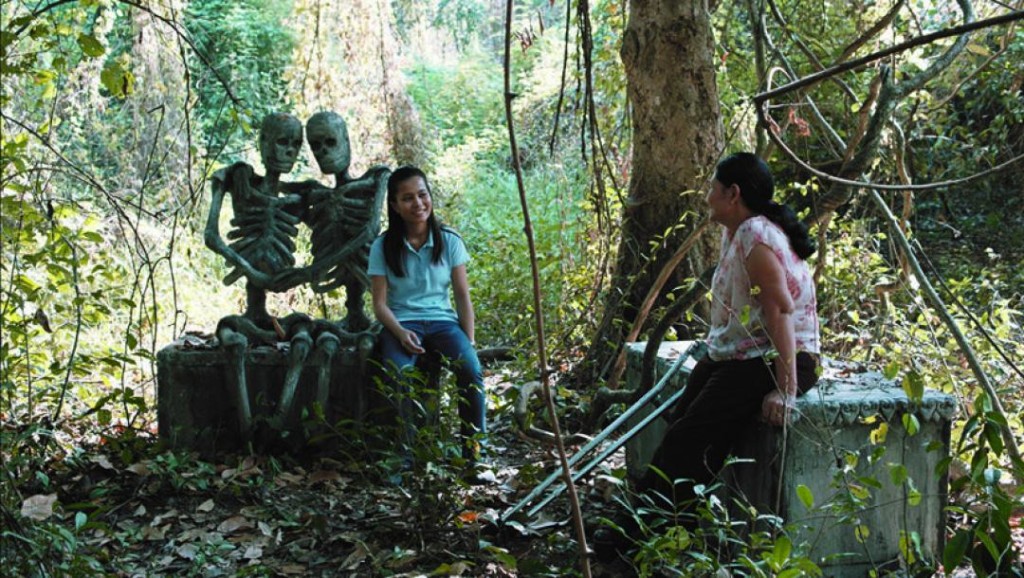
- [CINEPOCALYPSE 2017] FIVE FILMS YOU CAN’T MISS AT CINEPOCALYPSE! - October 31, 2017
- Hop into Jason’s Ride for a Look at the Wild World of Vansploitation! - August 11, 2014
Tags: Achim Bornhak, Anna Biller, Anurag Kashyap, Apitchatpong Weerasethakul, Briana Evigan, Canada, Christopher Kirkley, Germany, India, Lance Henriksen, Lists, Los Angeles, Matthew Barney, New York, Nicolas Winding Refn, Niger, Norman Mailer, Perry Blackshear, Robert G. Putka, Russell Crowe, Ryan Gosling, Samantha Robinson, Shane Black, Thailand




Thank you so much for the kind words. Jim did a great job putting it all together. I